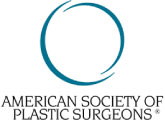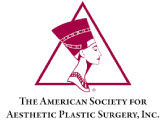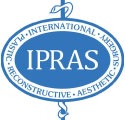The eyes are the window to the soul and one of the cornerstones of your inner and outer beauty. Genetics, sun exposure, lifestyle factors and the inevitability of gravity all contribute to signs of aging around the eyes. Over time the eyelid skin becomes slack and starts to droop, making your eyes look puffy and tired.

How can it help?
Eyelid surgery freshens the eyes, reducing loose skin, fatty bulges and “bags” and tightening the muscles around the eyes. The result is a natural, bright-eyed, fresher appearance.

Consultation
Dr. Arianayagam will ask you a variety of questions about your current health situation, medications, allergies and any past medical treatments. He will undertake a detailed and thorough exam of your eyes and how they relate to your face as a whole.
Based on his examination, your history and personal goals he will discuss the options available and his recommendations.
Ideally, a second consultation is had a week or two later to give you the opportunity to come back with more questions and to confirm your decision.

Procedure
Depending on your specific needs, surgery may be done on the upper, lower or both lids.
Upper lid surgery involves the removal of stretched skin and muscle, and where appropriate, the removal of eyelid fat. The procedure corrects heavy lids and loose skin draping over the upper eyelashes, as well as reducing any bulging pockets of fat.
Lower eyelid surgery involves the surgical tightening of the lid. Skin removal is hardly ever done to avoid downward displacement of the eyelid. Usually a carbon dioxide laser is used to improve skin quality.
Fat reduction, when necessary, is done through a transconjunctival approach. This means a cut is made on the inside of the lower eyelid for fat removal to avoid a scar on the skin of the eyelid.
Eyelid surgery is a day procedure done under sedation and local anaesthesia (“twilight anaesthesia”) or under deeper anaesthesia where necessary. You will be able to go home within a few hours of surgery.

Recovery
Recovery is usually rapid, requiring rest and cold compresses. Bruising and swelling varies from person to person, but will usually settle within 1 to 2 weeks.
The ability of the eyelids to effectively lubricate the eyes may be compromised in the short term and you may need to apply regular ointment or drops.
Frequently Asked Questions
All incisions are made in areas that are well concealed in your natural eyelid creases. You should have no noticeable scars.
As with all surgical procedures, there will always be risks such as post-operative bleeding, allergic reactions, infection, deep vein thrombosis and haematoma.
There are some risks and complications that are specific to eyelid surgery.
Dry Itchy Eyes
Dry and itchy eyes after eyelid surgery are not uncommon, and are more likely in those already predisposed to dry eyes. Use of eye drops and ointments is necessary to alleviate symptoms short term. The condition will usually normalise, but this can occasionally take several months.
Asymmetry of Eyelids
Occasionally eyelid surgery can result in asymmetry. It is important not to judge too quickly because it can take months for the results of your surgery to settle. However, if asymmetry remains a problem it is usually possible to address this with revision surgery.
Temporary or Permanent Changes in Vision
Sometimes vision changes slightly after eyelid surgery. This usually resolves within 3 months, but can take longer.







